Zhongyu Lou
DeepUSPS: Deep Robust Unsupervised Saliency Prediction With Self-Supervision
Sep 28, 2019



Abstract:Deep neural network (DNN) based salient object detection in images based on high-quality labels is expensive. Alternative unsupervised approaches rely on careful selection of multiple handcrafted saliency methods to generate noisy pseudo-ground-truth labels.In this work, we propose a two-stage mechanism for robust unsupervised object saliency prediction, where the first stage involves refinement of the noisy pseudo-labels generated from different handcrafted methods.Each handcrafted method is substituted by a deep network that learns to generate the pseudo-labels. These labels are refined incrementally in multiple iterations via our proposed self-supervision technique. In the second stage, the refined labels produced from multiple networks representing multiple saliency methods are used to train the actual saliency detection network. We show that this self-learning procedure outperforms all the existing unsupervised methods over different datasets. Results are even comparable to those of fully-supervised state-of-the-art approaches.
Robust Learning Under Label Noise With Iterative Noise-Filtering
Jun 01, 2019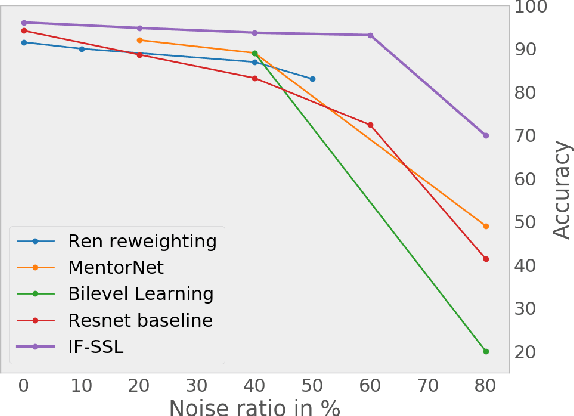
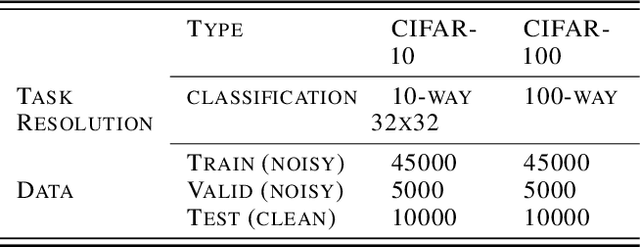
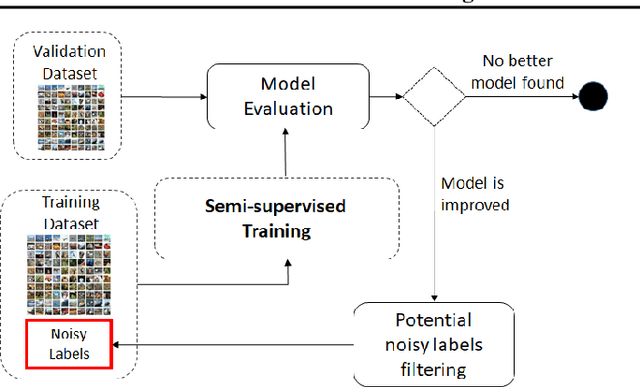
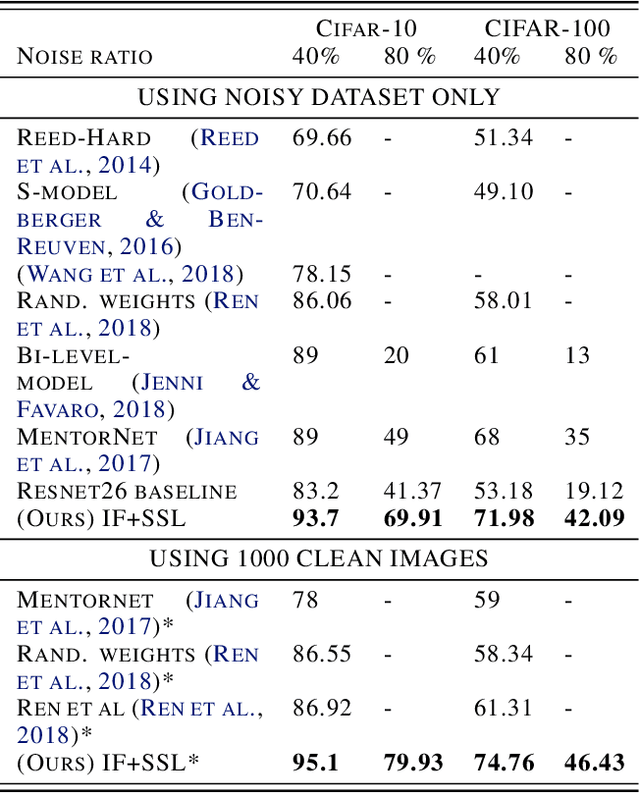
Abstract:We consider the problem of training a model under the presence of label noise. Current approaches identify samples with potentially incorrect labels and reduce their influence on the learning process by either assigning lower weights to them or completely removing them from the training set. In the first case the model however still learns from noisy labels; in the latter approach, good training data can be lost. In this paper, we propose an iterative semi-supervised mechanism for robust learning which excludes noisy labels but is still able to learn from the corresponding samples. To this end, we add an unsupervised loss term that also serves as a regularizer against the remaining label noise. We evaluate our approach on common classification tasks with different noise ratios. Our robust models outperform the state-of-the-art methods by a large margin. Especially for very large noise ratios, we achieve up to 20 % absolute improvement compared to the previous best model.
Consistency-based anomaly detection with adaptive multiple-hypotheses predictions
Oct 31, 2018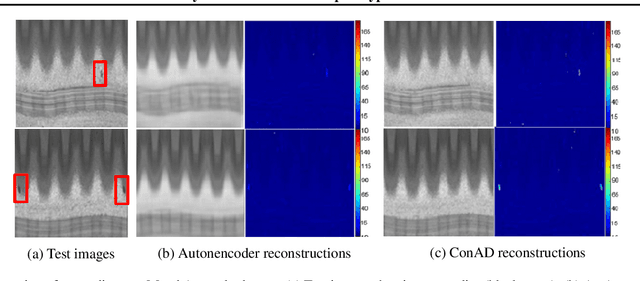
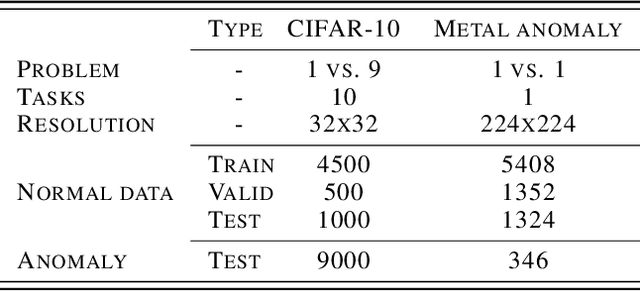

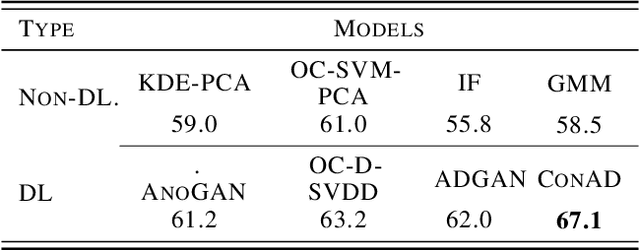
Abstract:In out-of-distribution classification tasks, only some classes - the normal cases - can be modeled with data, whereas the variation of all possible anomalies is too large to be described sufficiently by samples. Thus, the wide-spread discriminative approaches cannot cover such learning tasks and rather generative models, which attempt to learn the input density of the ordinary cases, are used. However, generative models suffer under a large input dimensionality (as in images) and are typically inefficient learners. Motivated by the Local-Outlier-Factor (LOF) method, in this work, we propose to allow the network to directly estimate the local density functions since, for the detection of outliers, the local neighborhood is more important than the global one. At the same time, we retain consistency in the sense that the model must not support areas of the input space that are not covered by samples. Our method allows the model to identify out-of-distribution samples reliably. For the anomaly detection task on CIFAR-10, our ConAD model results in up to 5% points improvement over previously reported results.
Structured Receptive Fields in CNNs
May 13, 2016
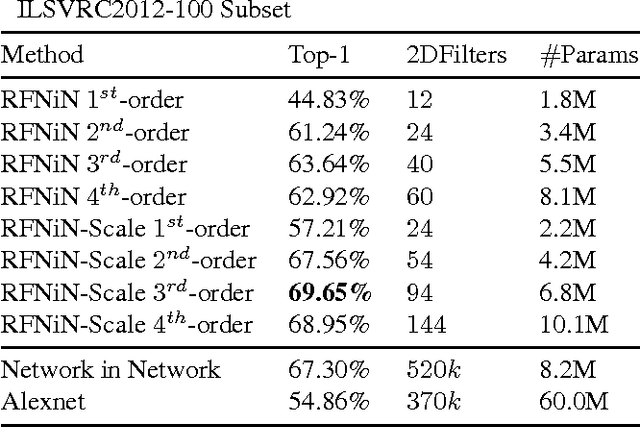


Abstract:Learning powerful feature representations with CNNs is hard when training data are limited. Pre-training is one way to overcome this, but it requires large datasets sufficiently similar to the target domain. Another option is to design priors into the model, which can range from tuned hyperparameters to fully engineered representations like Scattering Networks. We combine these ideas into structured receptive field networks, a model which has a fixed filter basis and yet retains the flexibility of CNNs. This flexibility is achieved by expressing receptive fields in CNNs as a weighted sum over a fixed basis which is similar in spirit to Scattering Networks. The key difference is that we learn arbitrary effective filter sets from the basis rather than modeling the filters. This approach explicitly connects classical multiscale image analysis with general CNNs. With structured receptive field networks, we improve considerably over unstructured CNNs for small and medium dataset scenarios as well as over Scattering for large datasets. We validate our findings on ILSVRC2012, Cifar-10, Cifar-100 and MNIST. As a realistic small dataset example, we show state-of-the-art classification results on popular 3D MRI brain-disease datasets where pre-training is difficult due to a lack of large public datasets in a similar domain.
Latent Hierarchical Model for Activity Recognition
Mar 06, 2015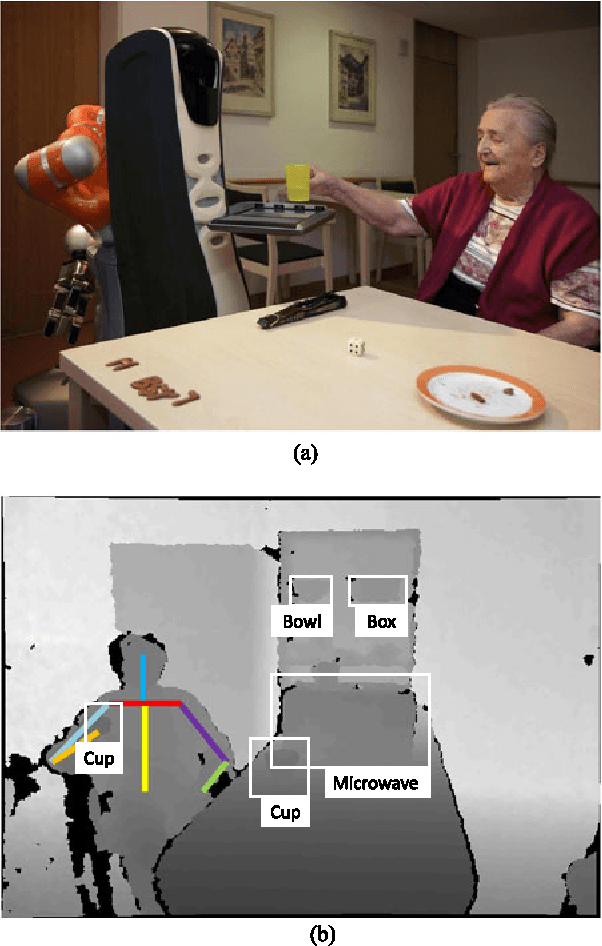
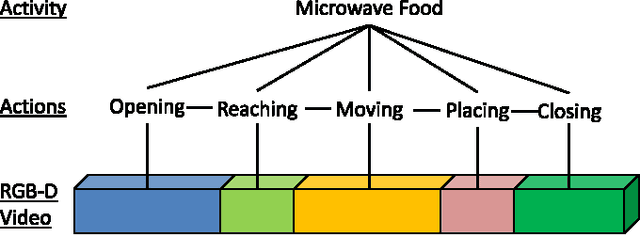
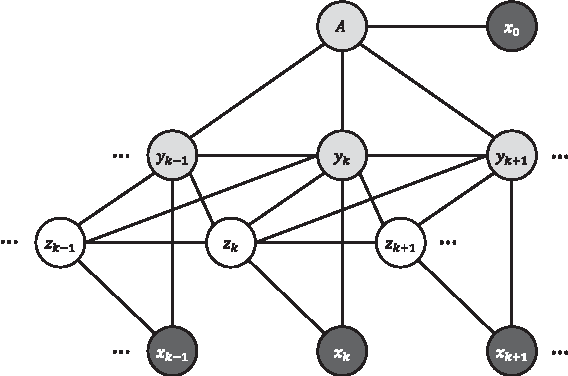
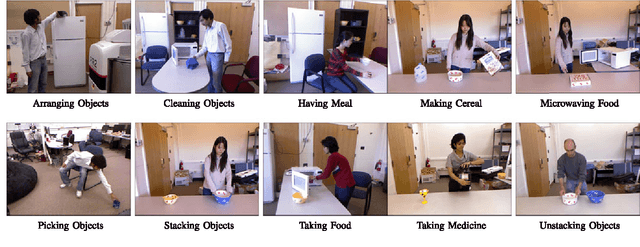
Abstract:We present a novel hierarchical model for human activity recognition. In contrast to approaches that successively recognize actions and activities, our approach jointly models actions and activities in a unified framework, and their labels are simultaneously predicted. The model is embedded with a latent layer that is able to capture a richer class of contextual information in both state-state and observation-state pairs. Although loops are present in the model, the model has an overall linear-chain structure, where the exact inference is tractable. Therefore, the model is very efficient in both inference and learning. The parameters of the graphical model are learned with a Structured Support Vector Machine (Structured-SVM). A data-driven approach is used to initialize the latent variables; therefore, no manual labeling for the latent states is required. The experimental results from using two benchmark datasets show that our model outperforms the state-of-the-art approach, and our model is computationally more efficient.
 Add to Chrome
Add to Chrome Add to Firefox
Add to Firefox Add to Edge
Add to Edge